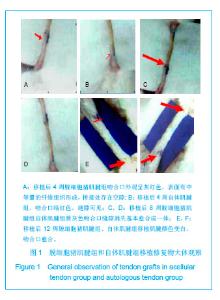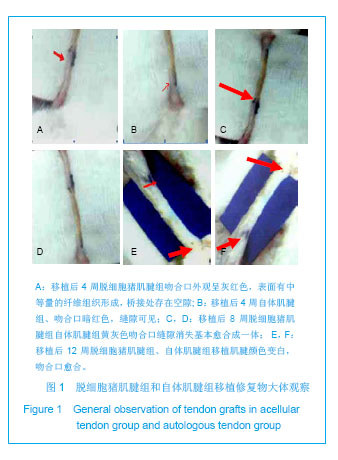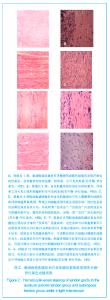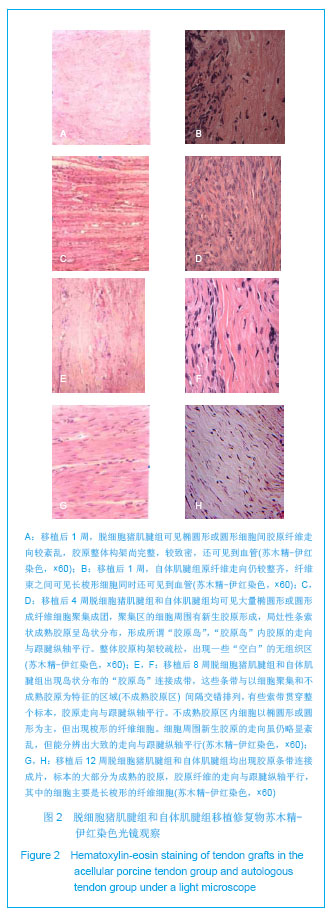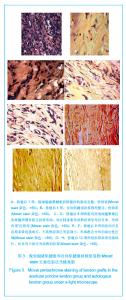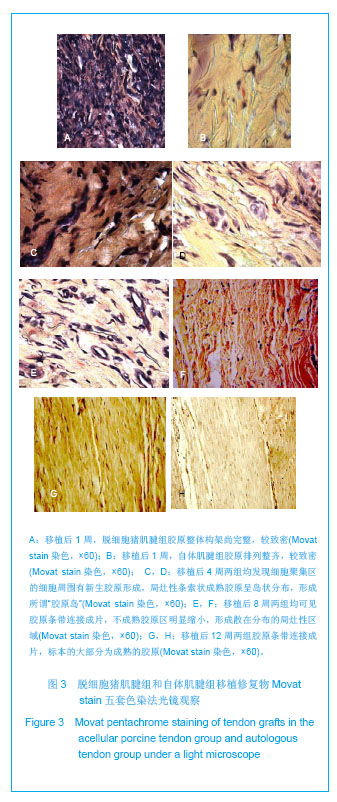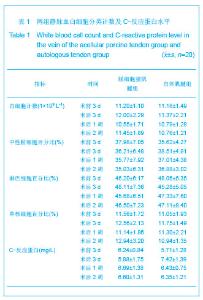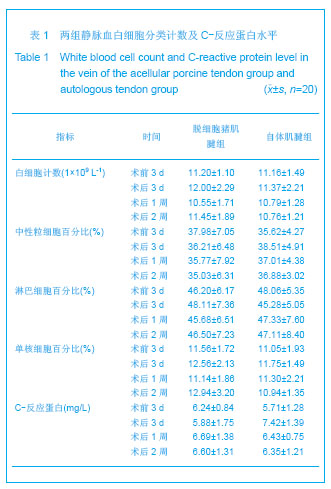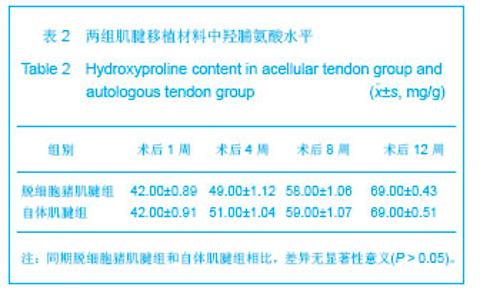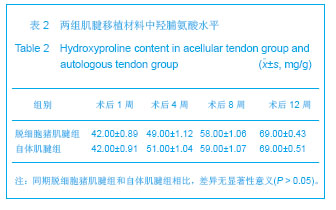| [1]Sharma P, Maffulli N.Tendon injury and tendinopathy: healing and repair. J Bone Joint Surg Am. 2005;87(1):187-202.[2]Zhang YL.Zhonghua Shouwaike Zazhi. 2006;22(3):129-130.张友乐.异体肌腱移植的研究方向与现状[J].中华手外科杂志, 2006,22(3):129-130.[3]Minami A, Usui M, Ishii S,et al.The in vivo effects of various immunoreactive treatments on allogeneic tendon grafts.J Hand Surg Am. 1983;8(6):888-893.[4]Tsukazaki S, Kikuchi T, Fujikawa K,et al. Comparative study of the covered area of Leeds-Keio (LK) artificial ligament and radio frequency generated glow discharge treated Leeds-Keio (Bio-LK) ligament with synovial cells. J Long Term Eff Med Implants. 2003;13(4):355-362.[5]Oberpenning F, Meng J, Yoo JJ, et al. De novo reconstitution of a functional mammalian urinary bladder by tissue engineering.Nat Biotechnol. 1999;17(2):149-155.[6]Atala A, Freeman MR, Vacanti JP,et al. Implantation in vivo and retrieval of artificial structures consisting of rabbit and human urothelium and human bladder muscle.J Urol. 1993;150(2 Pt 2):608-612.[7]Hu YY.Zhonghua Guke Zazhi. 2000;20(9):517-518.胡蕴玉. 把握契机加快我国组织工程学的应用研究[J].中华骨科杂志,2000,20(9):517-518.[8]Yang ZM. Zhonghua Guke Zazhi. 2000;20(9):519-520.杨志明.加快组织工程学临床基础研究的步伐[J].中华骨科杂志, 2000,20(9):519-520.[9]Kropp BP, Cheng EY.Bioengineering organs using small intestinal submucosa scaffolds: in vivo tissue-engineering technology.J Endourol. 2000;14(1):59-62.[10]Arnoczky SP, Warren RF, Ashlock MA. Replacement of the anterior cruciate ligament using a patellar tendon allograft. An experimental study. J Bone Joint Surg Am. 1986;68(3): 376-385.[11]Nurminskaya MV, Birk DE. Differential expression of genes associated with collagen fibril growth in the chicken tendon: identification of structural and regulatory genes by subtractive hybridization. Arch Biochem Biophys. 1998;350(1):1-9.[12]Chong AK, Riboh J, Smith RL,et al. Flexor tendon tissue engineering: acellularized and reseeded tendon constructs.Plast Reconstr Surg. 2009;123(6):1759-1766.[13]Park SN, Lee HJ, Lee KH,et al. Biological characterization of EDC-crosslinked collagen-hyaluronic acid matrix in dermal tissue restoration. Biomaterials. 2003;24(9):1631-1641. |
